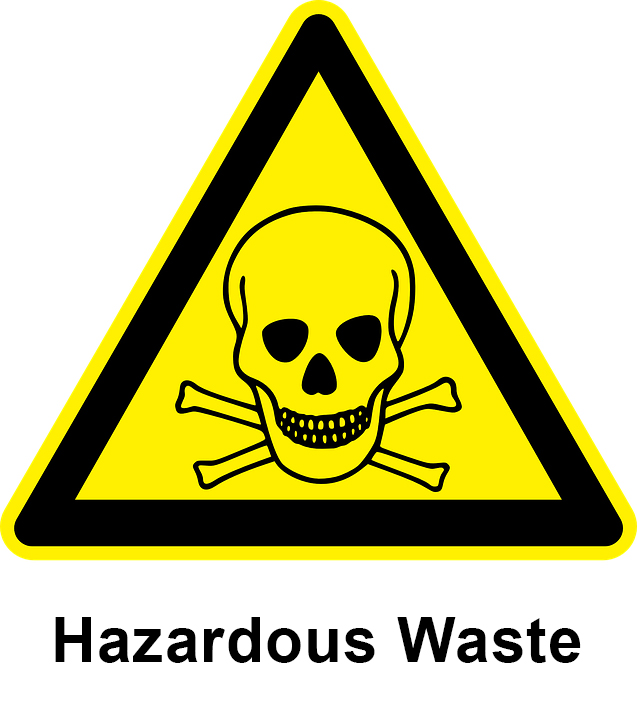When it Comes to Hazardous Waste in Toronto, this is How we Dispose of It

When waste materials are considered ‘too dangerous’ to be handled by normal methods and processes, they are classified as hazardous waste. For these materials, special treatments or disposal methods are required.
By Ontario standards, there are many reasons why a waste material may be considered hazardous. It could be a poison which could cause illness or death when it comes into contact with people. The waste material might burn or explode easily. There may be potential chemical reactions that could destroy human tissue when contact is made. The waste material may also potentially carry diseases or be radioactive. Needless to say, the reasons for a material to be hazardous vary.
In Toronto, some hazardous waste is incinerated although the specific types which are safe for incineration are small. The vast majority of hazardous waste cannot be destroyed by traditional processes and so, in processing, the material needs to be made safer. That usually involves carefully pouring the hazardous waste into containers made from concrete or plastic. They are then sealed, preventing them from coming into contact with soil, air, or water. They are then stored in a facility or possibly underground.
Another way to handle hazardous waste in Toronto is to mix it with ash, water or other materials creating cement blocks. As the pollutants are trapped in these blocks, it makes it impossible for anything hazardous or toxic to escape into our environment.
A major issue with hazardous waste in Ontario or anywhere in the world is, post-processing, it requires storage. Secure landfills are usually used. Similar to normal landfills, they are much safer and are built specifically in accordance with safety standards associated to guarding toxic materials. Canada’s secure landfills also have pollution detection systems which are used to determine when/if dangerous substances are leaking. If there are materials escaping, specific procedures are in place to ensure the problem can be corrected.
Sadly, these sort of safe hazardous waste sites are relatively new. As recently as a few decades ago in Ontario, hazardous waste was still being dumped into unsafe grounds. This resulted in polluted soil and water, and could result in further complications down the road. As someone is exposed to pollutants, they may experience nausea, headaches, respiratory issues, heart problems, and/or could be born with birth defects. The development of cancer after hazardous waste exposure is also something closely supported by numerous academic studies.
In North America, there are some old hazardous waste sites being cleaned. Although there are thousands out there, it is the hope that these sites will be decontaminated, thereby improving soil and water quality in these areas. While the cleanup of old site continues to happen, the entire world seems to be moving more towards products eco-friendly and non-toxic. In the future, it’s our hope hazardous waste will be consumed in smaller amounts which will assist in creating less waste overall.
The hazardous waste we produce is expensive to process and maintain. If you have hazardous materials you need to get rid of or have other waste management needs, Core Mini Bins would be happy to help. As experts in recycling, waste processing, and dumpster rentals, we support lower consumption, zero waste, and a future with limited hazardous waste materials.


